From a ‘humble’ teenager selfie to a social media phenomenon – Can charities learn from #nomakeupselfie?
Want to go viral? – Learn from Fiona in Stoke-on-Trent.
Thousands of women posting their own selfies without any make-up on? If this was 20 years ago, when most of us were hiding behind our avatars, no one could have believed it.
Was it Laura Lippman who started it in response to media bashing on actress Kim Novak’s appearance at the Oscars? – Not quite. Though she certainly ‘ignited’ the spark (see more on Western Gazette).
So how did it start?
It wasn’t a social media expert. Neither a charity nor a celebrity. It was actually an 18-year-old girl. All started with a casual, humble selfie taken by Fiona Cunningham in her living room in Stoke-on-Trent after being inspired by Kim Novak (see more on Telegraph).
From zero to 260,000 thumbs-up over a week. From a teenager in Staffordshire to thousands of women around the world. It started with nothing and ended with 8 million donation to Cancer Research UK.
All happened in a week-time. Unexpected and unprecedented.
But not exactly an original idea. Other charities have had some similar ideas. Take for example, #DareToBare campaign. Its campaign logic was to get women sponsored to ‘go make-up free’ by Escentual. Similarly, bare-face was celebrated among celebrities during Children-In-Need in October 2013.
Breakthrough’s #TheChangeChallenge was more elaborate – the charity asked people to make small changes in their life for a day, in exchange of likes, retweets and donation for cancer research.
Charities are supposed to benefit from social media campaigns. Well, they weren’t a disaster – but they just didn’t go as viral as #nomakeupselfie. (Actually, BreakThrough’s rocketing online visitors should be credited to #nomakeupselfie, rather than its own.)
Why?
Maybe, just maybe, because this one was more spontaneous than others?
So what can charities learn from #nomakeupselfie?
- The unprecedented scale – the trend went viral in 6 days – and encouraged many people and celebrities to get involved to help raise the issue. Record-breaking in many ways. The Cancer Research UK didn’t need to hire a media agency (though probably it was capable of). They didn’t have to worry about ROI either.
- Infusing fun into fundraising – people actually enjoyed it (by taking their own selfies slightly differently and/or seeing celebrities’ bare faces). Fun and meaningful could go hand in hand. Finally we found something similar to the exciting feeling of Movember.
- Absolutely user-generated – Everything took place naturally and organically out of nowhere. Normally charities want to control what’s going on their social media. But no one monitored this time, which turned out to be a good thing. Probably charities don’t always have to be a control-freak – some autonomy won’t harm.
- Spontaneity – Given that the whole concept is not quite new, probably the fusion of spontaneity, selfies and social media somehow made this so viral. Or maybe her selfie managed to deliver a strong story to others. A teenage mum, who saw her family suffering from cancer (which might make herself in the same risk potentially). The root of the trend is simple yet powerful.
We have to admit some skeptical opinions. Some saw no relevance to their experiences of cancer. Some selfies didn’t lead to donation at all. Should we interpret that the only way to get awareness was to remove make-ups and have ‘their appearance scrutinised en masse?’ (the Guardian). Wait, is not wearing make-up in public or in front of camera seen as ‘groundbreaking’? (Read more on here.)
Maybe we don’t have to be so critical and judgmental in every single thing on social media. (At least, we know the negative correlation between cosmetics and cancer.)
The bottom line is, this young girl has started something so significant that reached many people and raised 8 million pounds (who knows, maybe the sponsored 10 trials might lead to a big discovery!). People interpret the means differently, but it certainly raised the awareness and made people talking about it. Isn’t that the most important thing in charity campaign?
Image source: Cancer Research UK (Twitter)
Subscribe To Us






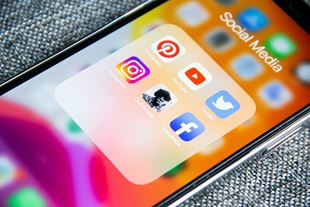
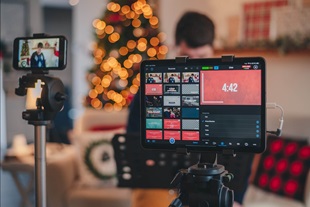
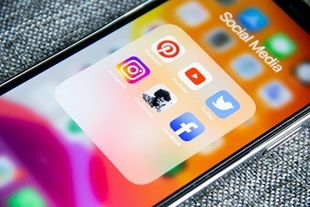
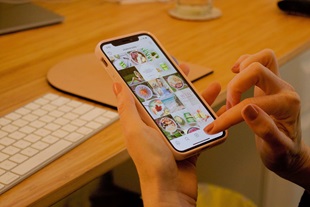

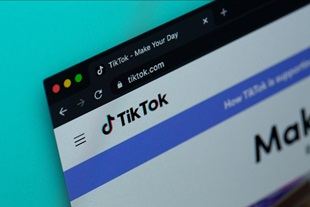
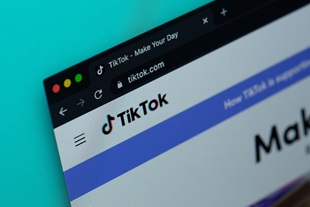
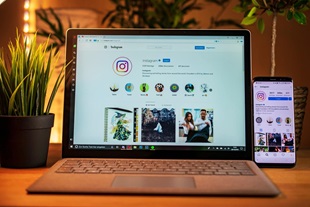
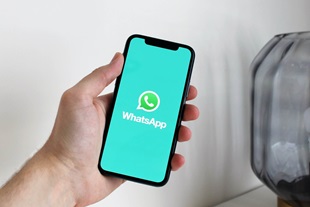
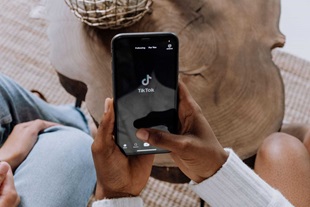
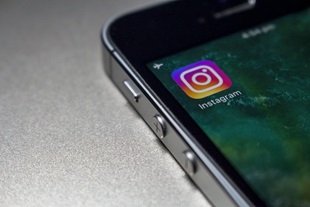
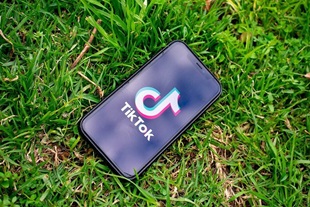
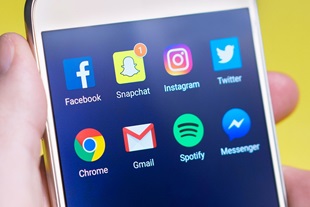



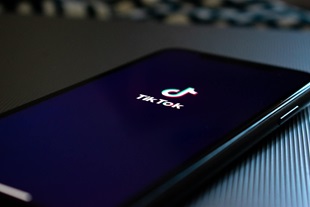
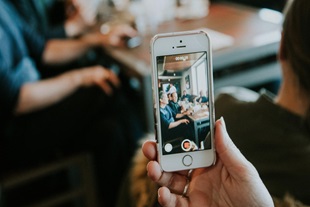

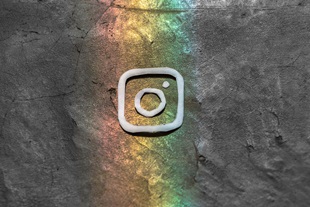
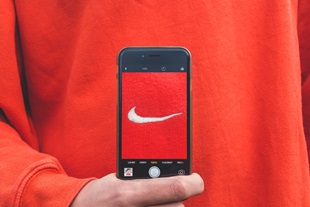
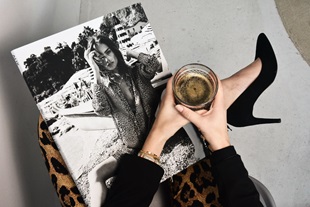
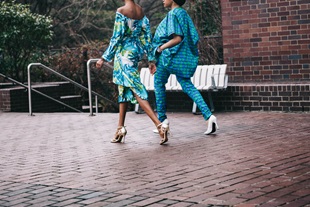

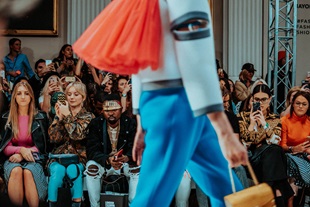
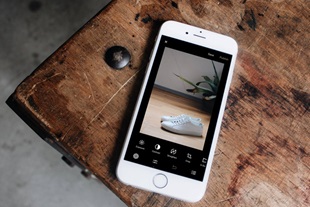

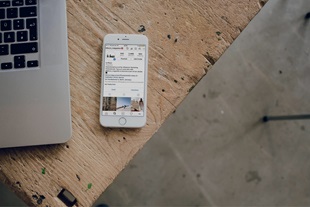






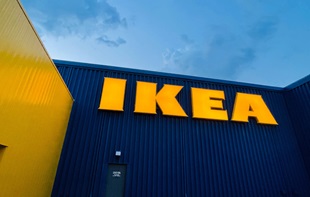
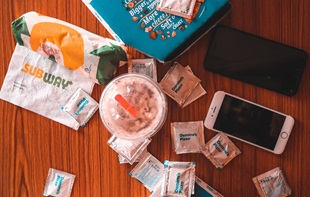
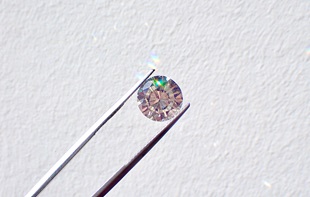
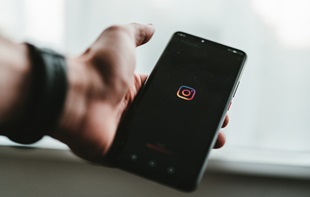
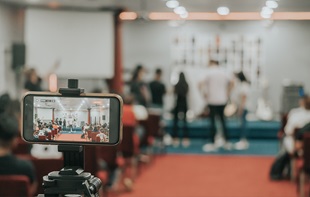
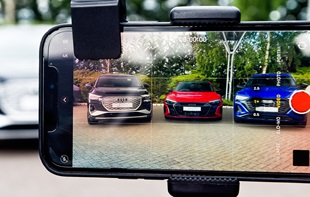
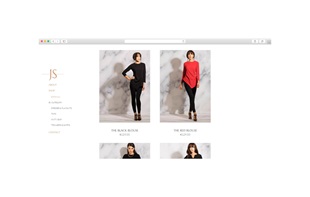
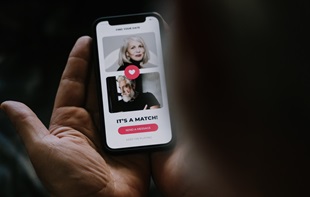
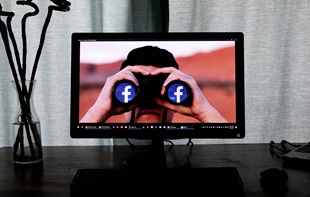
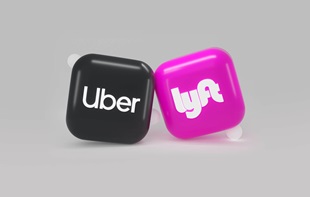
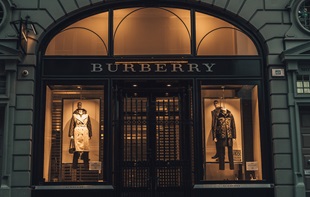

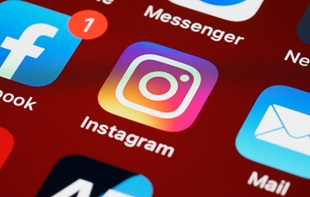


![10 latest trends in digital marketing for beauty brands [Part.2]](/-/media/Appnova/Blog/ScreenShot20151026at1500471940x567/10-latest-trends-in-digital-marketing-for-beauty-brands-Part-2.jpg?mw=310)

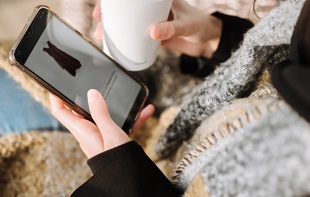
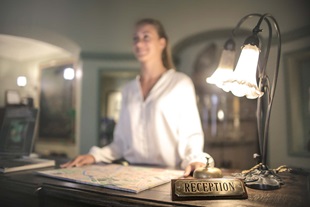

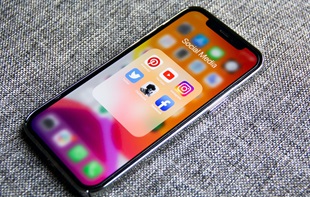

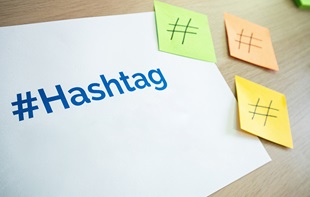
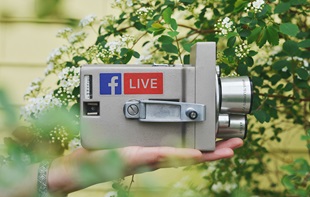
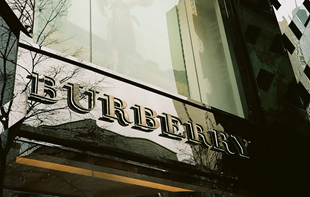

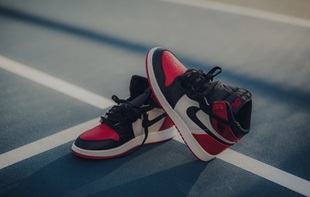
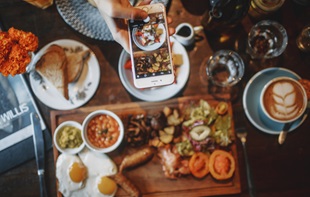

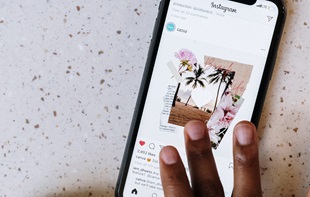

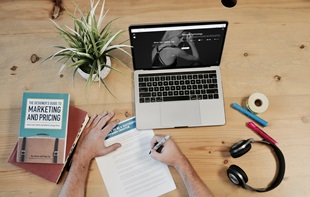
![How to LOSE Twitter followers in 15 ways [Infographic]](/-/media/Appnova/Blog/08-internal-768x534.jpg?mw=310)
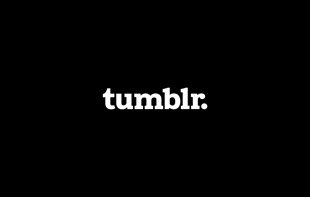
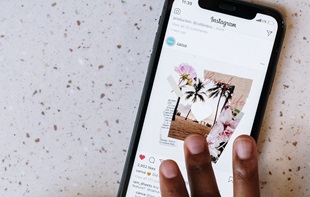


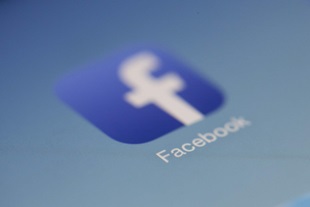
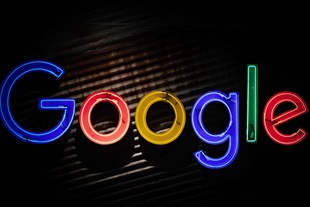


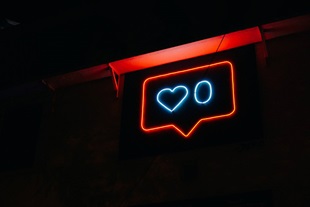
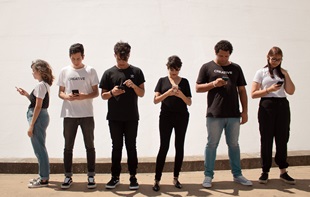

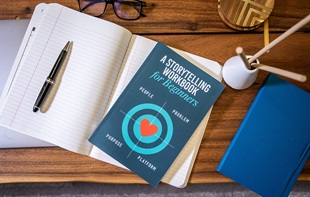

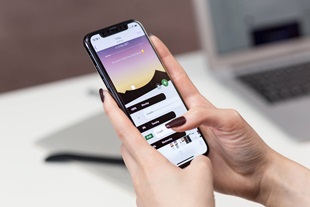
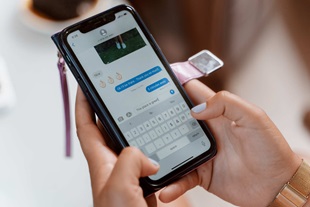
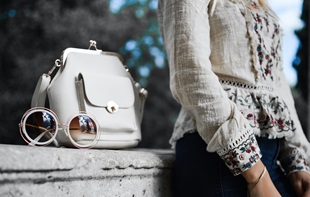
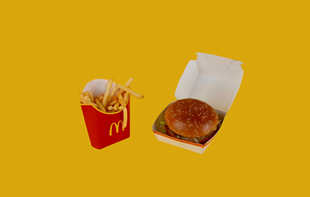
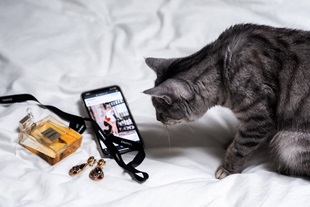



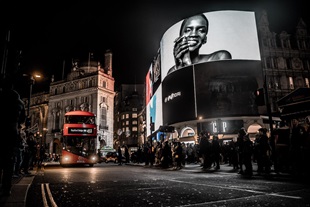
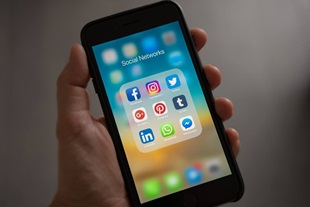
.jpg?mw=310)
.jpg?mw=310)
.jpg?mw=310)
.jpg?mw=310)
.jpg?mw=310)
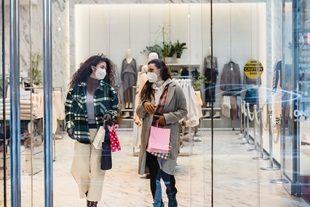


0.Comments